this is a simple SCD with a type two (historic) change available.
In the image, when a row is updated, two distinct rows exist, one that travels down the 'New Output' path and one that travels down the 'Historical Attributes Inserts Output'.
Down the path of 'Historical Attributes Inserts Output', the 'Derived Column' adds a column (or replaces the column information) so that the RowisCurrent (for example) can be changed to False.
Down the 'New Output' path, the row picks up the RowisCurrent status of 'True' at 'Derived Column 1'.
What I do not understand is what purpose the 'Union All' serves. Why is there a connection between 'OLE DB Command' and the Union All?
If the expired rows are updated at the 'OLE DB Command', what is being passed through, and wouldn't whatever is passed through have the RowisCurrent set to 'True' at 'Derived Column 1' before it is written to the database at 'Insert Destination'?
